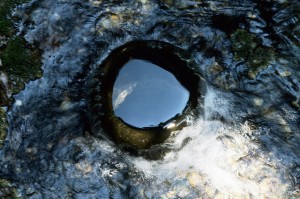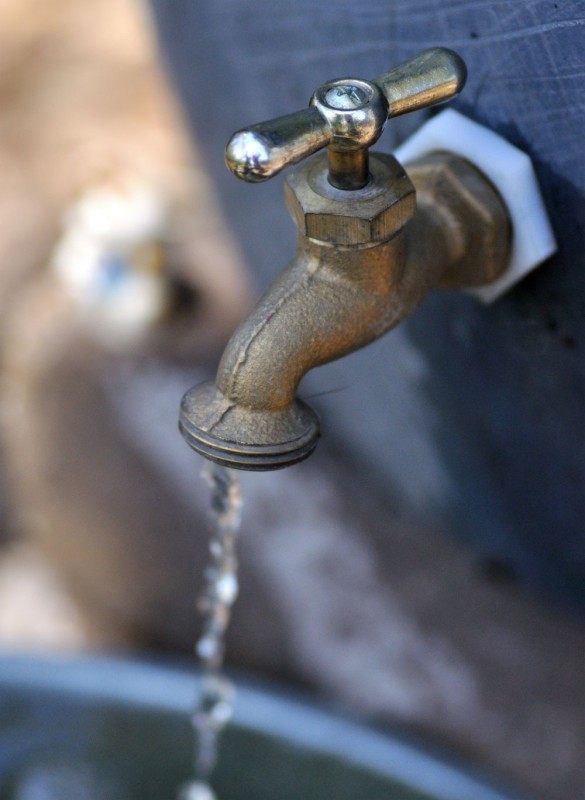Groundwater
Synonyms: Aquifer, Water Table
Groundwater is water that is located beneath the earth’s surface. It often fills voids in porous spaces or within rock formations. Large deposits of groundwater are called aquifers. The depth under the earth’s surface where soil and rock voids are completely saturated are referred to as the water table. Groundwater is often connected to surface water as part of a larger hydrology systems, and groundwater discharges into surface water through natural springs or seeps.
Homeowners, farmers, industries, municipalities, and cities that use well water as their drinking source all depend on groundwater as their drinking source.
Groundwater is directly affected by stormwater management. Groundwater is recharged primarily through infiltration, and impervious surfaces prevent this water flow. In natural systems, plants and soil filter out chemical imbalances or waste before recharging aquifers. Groundwater is susceptible to pollution where dangerous chemicals, nutrient levels, or other toxic contributors are soaked into soil that either has minimal plant root mass or if the water table is high (such as a karst geology).

